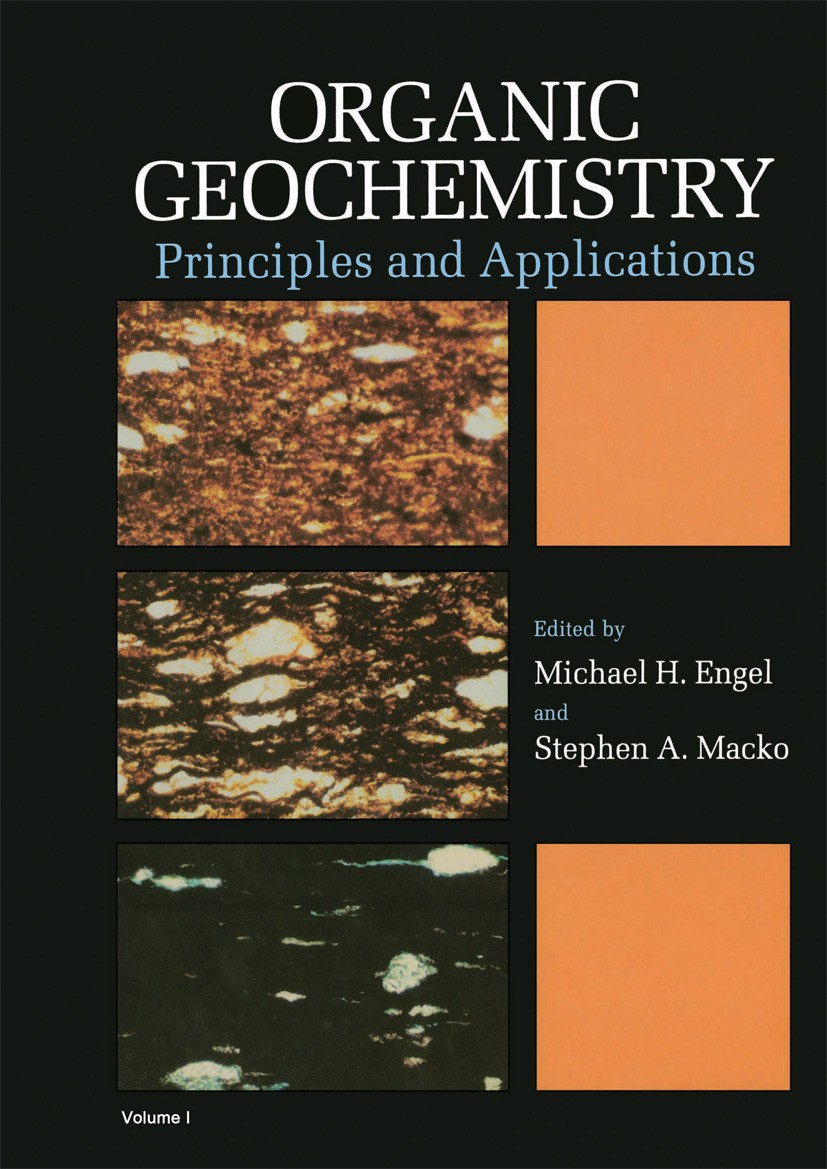A novel protocol for extracting 3-hydroxy fatty acids from soil with microwave-assisted acid digestion
IF 2.5
3区 地球科学
Q2 GEOCHEMISTRY & GEOPHYSICS
引用次数: 0
Abstract
In recent years, bacterial 3-hydroxy fatty acids (3-OH-FAs) have gained increased interest in paleoclimate reconstruction due to their ubiquitous distributions and potential as paleoclimate proxies in palaeo- and modern environmental samples. However, the current extraction method for 3-OH-FAs is time-consuming and not feasible for samples with low lipid concentrations, which greatly hinders the broad application of 3-OH-FA-based proxies. Therefore, it is vital to improve the extraction method to shorten the extraction time and increase the extraction efficiency and stability. Here, we report a novel extraction protocol with microwave-assisted acid digestion for 3-OH-FAs extraction. The operating conditions (such as HCl concentration, heating temperature, and irradiation time) of this novel protocol are optimised via orthogonal array experimental design by analysing 3-OH-FAs from surface soil samples collected from Mt. Yujia, central China. The optimum digestion condition is recommended to be 3 mol/L HCl heated at 130 °C for 55 min. The yield of 3-OH-FAs obtained by the optimised microwave-assisted acid digestion method is about twice as much as that of the traditional acid digestion method, with relatively better reproducibility. Moreover, we re-treated the same soil samples previously reported by Wang et al. (2021) with the optimised microwave-assisted acid digestion method and found that the distribution of 3-OH-FAs and calculated 3-OH-FA-based proxies are identical to those extracted by the traditional acid digestion method. Furthermore, a comparative investigation was conducted on other lipids, such as n-alkanes, fatty acids (FAs), and glycerol dialkyl glycerol tetraethers (GDGTs), among several prevalent methods, including ultrasonic extraction, accelerated solvent extraction, conventional microwave-assisted extraction, traditional acid digestion and microwave-assisted acid digestion established in this study. Our findings show that different extraction methods may produce varying amounts of lipids and values of lipid-based proxies. Consequently, the differences caused by different extraction methods should be considered in comparison and palaeoclimate reconstruction.
微波辅助酸消化法从土壤中提取3-羟基脂肪酸的新工艺
近年来,细菌3-羟基脂肪酸(3-OH-FAs)由于其在古和现代环境样品中的普遍分布和作为古气候代用物的潜力,在古气候重建方面获得了越来越多的关注。然而,目前3- oh - fa的提取方法耗时长,而且对于低脂浓度的样品不可行,这极大地阻碍了基于3- oh - fa的代理的广泛应用。因此,改进提取方法,缩短提取时间,提高提取效率和稳定性至关重要。在这里,我们报告了一种新的微波辅助酸消化提取3-OH-FAs的方法。通过正交试验设计,对玉家山表层土壤样品中的3-OH-FAs进行了优化,优化了该方案的操作条件(HCl浓度、加热温度和辐照时间)。最佳消化条件为3 mol/L HCl, 130℃加热55 min。优化后的微波辅助酸消化法的3- oh - fas产率约为传统酸消化法的2倍,且重复性相对较好。此外,我们使用优化的微波辅助酸消化方法对Wang等人(2021)先前报道的相同土壤样品进行了重新处理,发现3- oh - fa的分布和计算的3- oh - fa基于代理与传统酸消化方法提取的相同。此外,本研究还建立了几种常用的超声提取、加速溶剂提取、传统微波辅助提取、传统酸消化和微波辅助酸消化等方法,对正构烷烃、脂肪酸(FAs)、甘油二烷基甘油四醚(GDGTs)等脂类进行了比较研究。我们的研究结果表明,不同的提取方法可能产生不同数量的脂质和基于脂质的代理值。因此,在对比和古气候重建中应考虑不同提取方法造成的差异。
本文章由计算机程序翻译,如有差异,请以英文原文为准。
求助全文
约1分钟内获得全文
求助全文
来源期刊

Organic Geochemistry
地学-地球化学与地球物理
CiteScore
5.50
自引率
6.70%
发文量
100
审稿时长
61 days
期刊介绍:
Organic Geochemistry serves as the only dedicated medium for the publication of peer-reviewed research on all phases of geochemistry in which organic compounds play a major role. The Editors welcome contributions covering a wide spectrum of subjects in the geosciences broadly based on organic chemistry (including molecular and isotopic geochemistry), and involving geology, biogeochemistry, environmental geochemistry, chemical oceanography and hydrology.
The scope of the journal includes research involving petroleum (including natural gas), coal, organic matter in the aqueous environment and recent sediments, organic-rich rocks and soils and the role of organics in the geochemical cycling of the elements.
Sedimentological, paleontological and organic petrographic studies will also be considered for publication, provided that they are geochemically oriented. Papers cover the full range of research activities in organic geochemistry, and include comprehensive review articles, technical communications, discussion/reply correspondence and short technical notes. Peer-reviews organised through three Chief Editors and a staff of Associate Editors, are conducted by well known, respected scientists from academia, government and industry. The journal also publishes reviews of books, announcements of important conferences and meetings and other matters of direct interest to the organic geochemical community.
 求助内容:
求助内容: 应助结果提醒方式:
应助结果提醒方式:


